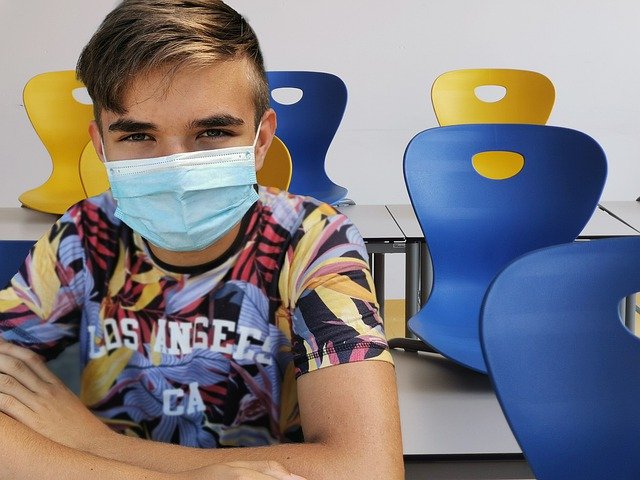
by The Children's Treatment Center | Jan 20, 2021 | General
Vaccines are beginning to be dispensed, so hope for an end to the pandemic is on the horizon. Life, however, is still far from normal. Education has been deeply impacted by the virus response. Virtual learning is now widespread, while kids in traditional classes are...
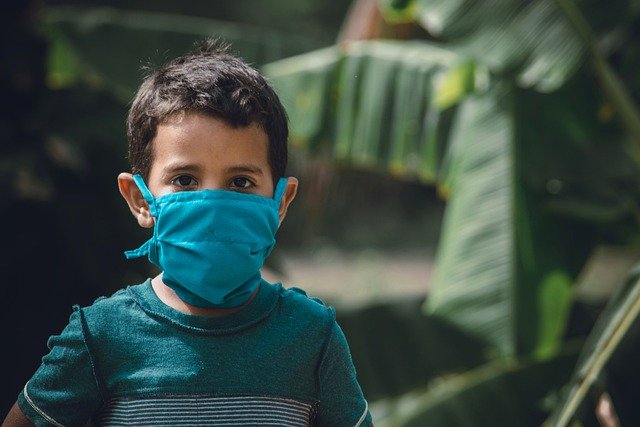
by The Children's Treatment Center | Dec 16, 2020 | General
2020 has changed our world dramatically. We know that adults are struggling with the challenges brought on by shut downs and worries about protecting themselves and their families from the virus. But what about kid’s mental health during covid? Our children have had...
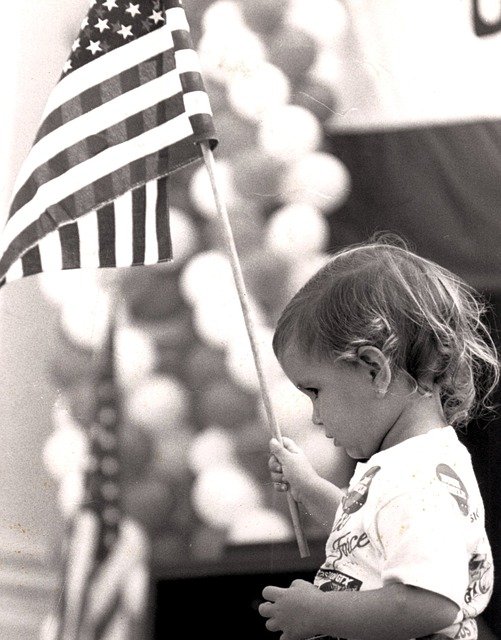
by The Children's Treatment Center | Nov 16, 2020 | General
Anxiety is mounting while the country waits for the official results of the 2020 election. In this unique pandemic year, the very contentious and now unresolved election has raised everyone’s stress levels. Since the topic is on everyone’s mind, there can be no doubt...
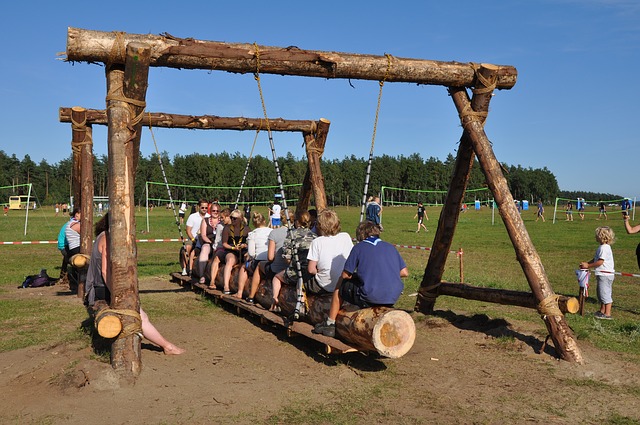
by The Children's Treatment Center | Jul 17, 2020 | General
We’ve hit midsummer and kids across the country have had to deal with the disappointment of canceled summer camps this year. Now, many school districts are making parents choose between virtual learning this fall or sending their children to school during a pandemic....
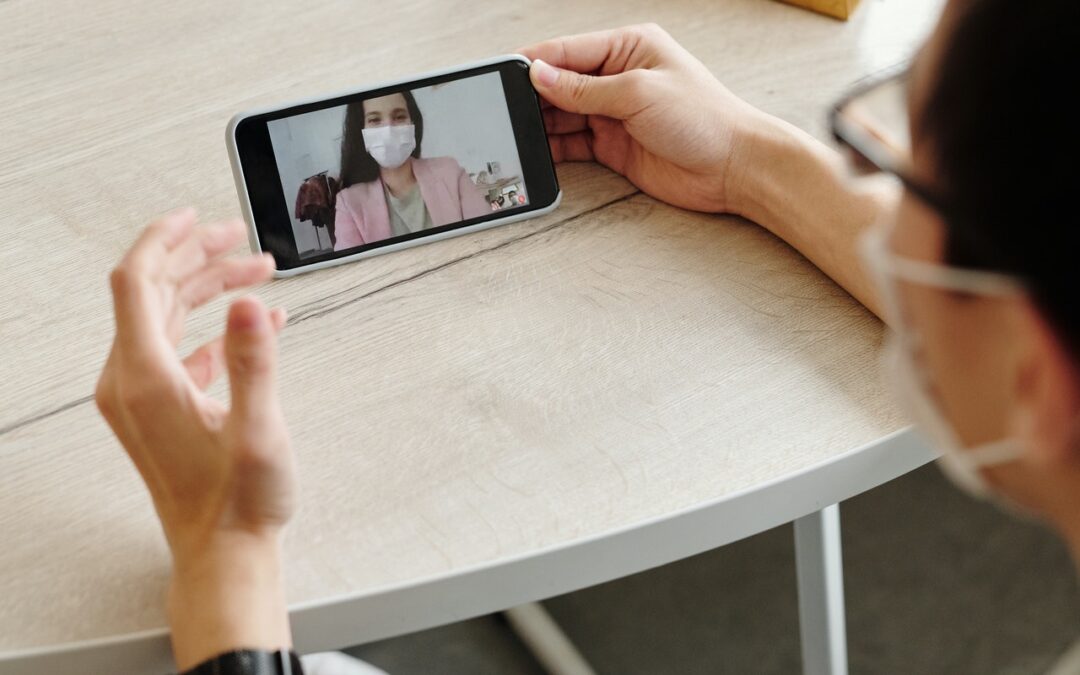
by The Children's Treatment Center | Jun 19, 2020 | General
The Children’s Center for Psychiatry, Psychology and Related Services is pleased to again offer psychological evaluations to the community. To best serve the need of our clients we will be offering both in person appointments or remote video conferencing to get a...






